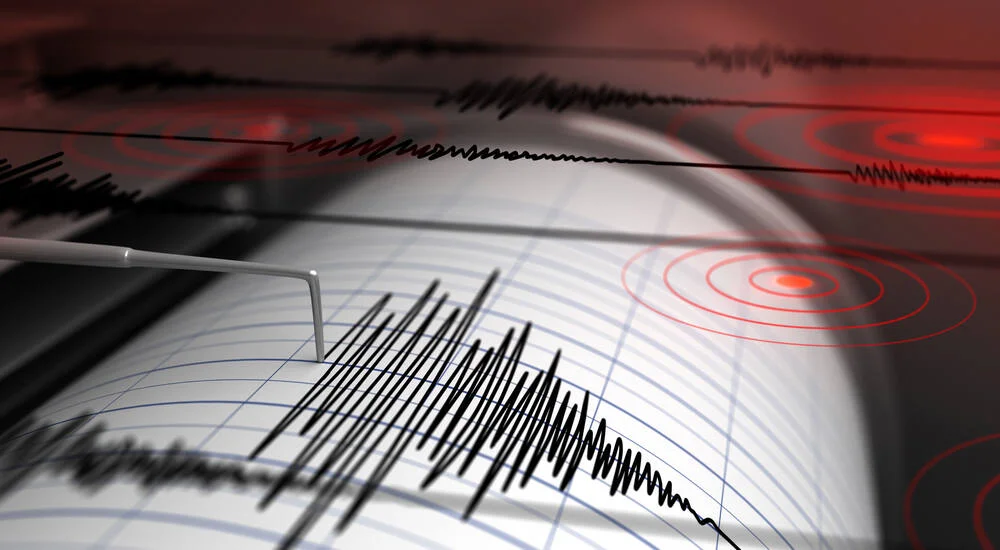In an unexpected seismic event, a significant magnitude 5.1 earthquake rattled near Ojai, causing tremors that reverberated throughout southern California. While initial reports indicate no immediate damage, the impact of the quake was widely felt across various areas, prompting both concern and cautious evaluation of its aftermath.
The earthquake’s epicenter was pinpointed in Ventura County, with the effects rippling outwards to encompass nearby locales such as Malibu, Porter Ranch, parts of Los Angeles, and Manhattan Beach. Ventura County’s emergency officials promptly responded, stating that despite the extensive perception of the quake, no immediate damage reports have been received.
To gauge the extent of potential damage, aerial assessments were conducted by the Ventura County Sheriff’s Department. Sites of significance, including Lake Casitas Dam, Matilija Dam, and the city of Ojai, underwent thorough evaluations. Fortunately, these assessments yielded positive results, with no substantial damage being observed in the aftermath of the earthquake.
Esteemed seismologist Dr. Lucy Jones offered her expert perspective on the situation, describing the quake’s location as intriguing. She highlighted that the seismic event marked the first time a magnitude 5 earthquake had occurred in the specific area since 1932. Dr. Jones also noted that the Ventura basin itself had not witnessed a similar event in decades, underscoring the unique nature of this occurrence. Drawing from historical data, she revealed that a magnitude 5.1 earthquake had been documented in 1941 to the west of the current site, with certain aftershocks of the 1994 Northridge Earthquake located east of this location.
The US Geological Survey (USGS) reported several aftershocks of magnitude 3.0 or greater in the wake of the initial quake. The epicenter, situated approximately four miles southeast of Ojai and about 80 miles northwest of Los Angeles, has spurred swift responses from local authorities.
Scott Thomsen, Ventura County Fire’s Director of Communications, emphasized the department’s proactive approach. Their earthquake protocol, which involves relocating trucks from firehouses, was immediately implemented to ensure the safety of both personnel and equipment. Thomsen noted that while damage reports had yet to emerge, thorough checks and assessments were in progress.
Remarkably, the earthquake coincided with the arrival of Tropical Storm Hilary, creating an unusual convergence of seismic and meteorological events. Thomsen highlighted the rare occurrence, stating, “We are in the middle of the first tropical storm since 1939, and we just had an earthquake.” This juxtaposition adds a unique dimension to the situation and underscores the complex challenges that can arise in matters of natural phenomena.
As the seismic tremors continue to resonate in both memory and observation, residents and authorities alike remain vigilant in their monitoring of the situation’s evolution. While this earthquake has not left immediate damage in its wake, it serves as a poignant reminder of the unpredictable forces of nature and the necessity for ongoing preparedness and response strategies.




